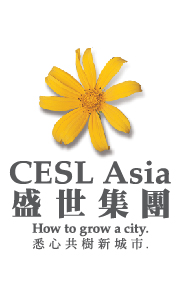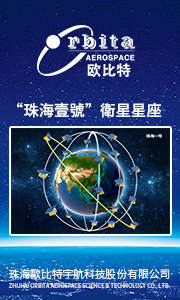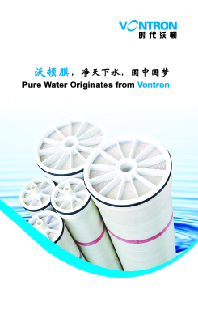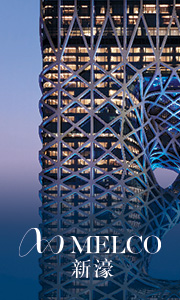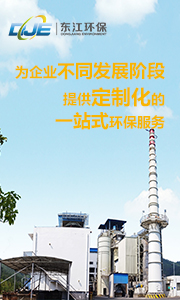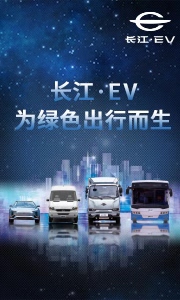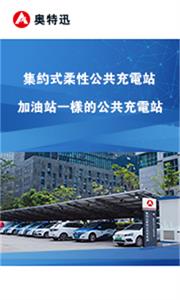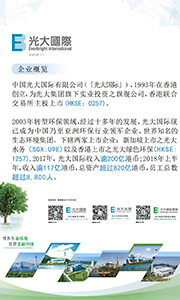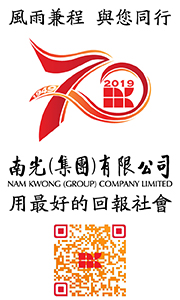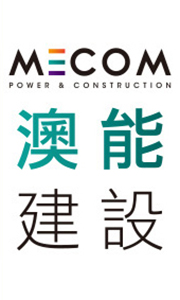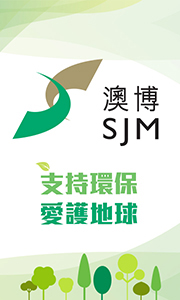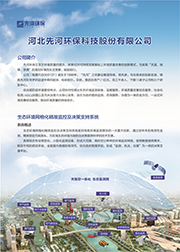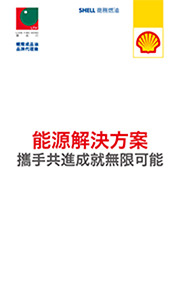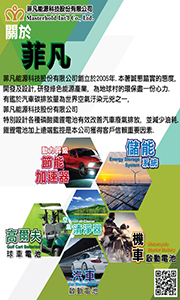 Technical Visit
Technical Visit
|
Date of Visit |
30/3/2019(Saturday) |
|
Place of Visit |
Macao Electronic Waste Recycling Treatment Facility |
|
Time of Visit |
10:00~11:00、11:00~12:00 |
|
Languages |
Group 1(10:00~11:00)── Chinese and English Guide |
|
Target Participants |
All professional visitors/ delegates |
|
Date of Registration |
20/3/2019~30/3/2019 |
|
Registration Method |
Online registration, or onsite at Secretariat Office at 2019MIECF |
|
Assembly Point |
MIECF Information Counter, the Venetian Macao |
|
Assembly Time |
Group 1:09:50 Group 2:10:50 |
| Itinerary | ||
|
Group 1 (10:00~11:00) |
Group 2 |
Content |
|
9:50 |
10:50 |
Onsite Announcement to remind about assembly time and point. There will be staff holding the “Technical Visit” handheld signage at the assembly point |
|
10:00 |
11:00 |
Walk to shuttle bus station |
|
10:05~10:40 |
11:05~11:40 |
Start visiting the Macao Electronic Waste Recycling Treatment Facility
|
|
10:40 |
11:40 |
Re-grouping and return to venue |
|
11:00 |
12:00 |
End of Visit |
|
Remarks:
|
||
Macao Electronic Waste Recycling Treatment Facility
To implement the solid waste disposal policy of “Source Reduction and Waste Recycling”, Environmental Protection Bureau (DSPA) launched the “Waste Battery Collection Plan” at the end of 2016 and “Computer and Communication Equipment Recycling Scheme” in October 2017.
The “Waste Battery Collection Plan” has so far set up about 1,100 collection points in Macao in order to provide the public with the most convenient ways for the recycling of batteries, including schools, shops, service points of organizations, residential and commercial buildings, public departments and public refuse disposal chamber etc.. More than 20,000 kg of batteries have been collected since the commencement of this battery collection plan. About 14,700 kg of which are disposable batteries and were sent to Japan for subsequent recycling at the end of December 2018, through the trans-shipment of Hong Kong, in strict compliance of the relevant trans-boundary movement procedures of the Basel Convention.
The “Computer and Communication Equipment Recycling Scheme” provides the public with a method to properly recycle and dispose of used computers and communication equipment, in order to promote the recycling of resources and materials. More than 50,000 pieces of used electronic waste have been collected. The collected computer equipment will be sorted and selected. If the computer equipment meets the donation requirement of DSPA, it will be donated to the local charity organizations after certain treatment. The rest will be dismantled by the contractor of the recycling scheme, and components and materials will be shipped to other regions for subsequent recycling. The overall recovery rate of component and material is up to 90% for the aforementioned scheme.
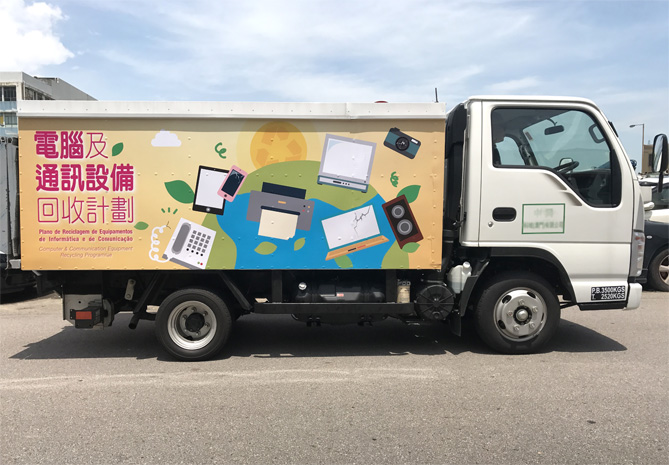 |
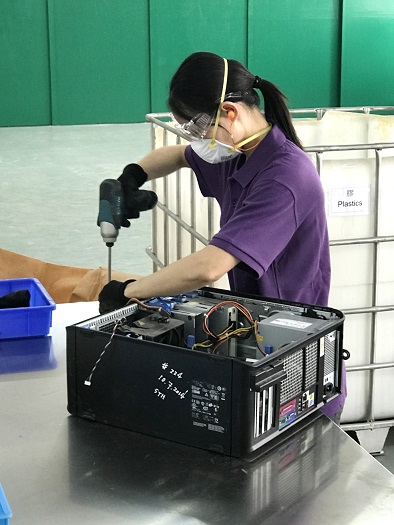 |
|
Mobile Recycling Truck |
Computer Dismantling and Classification |
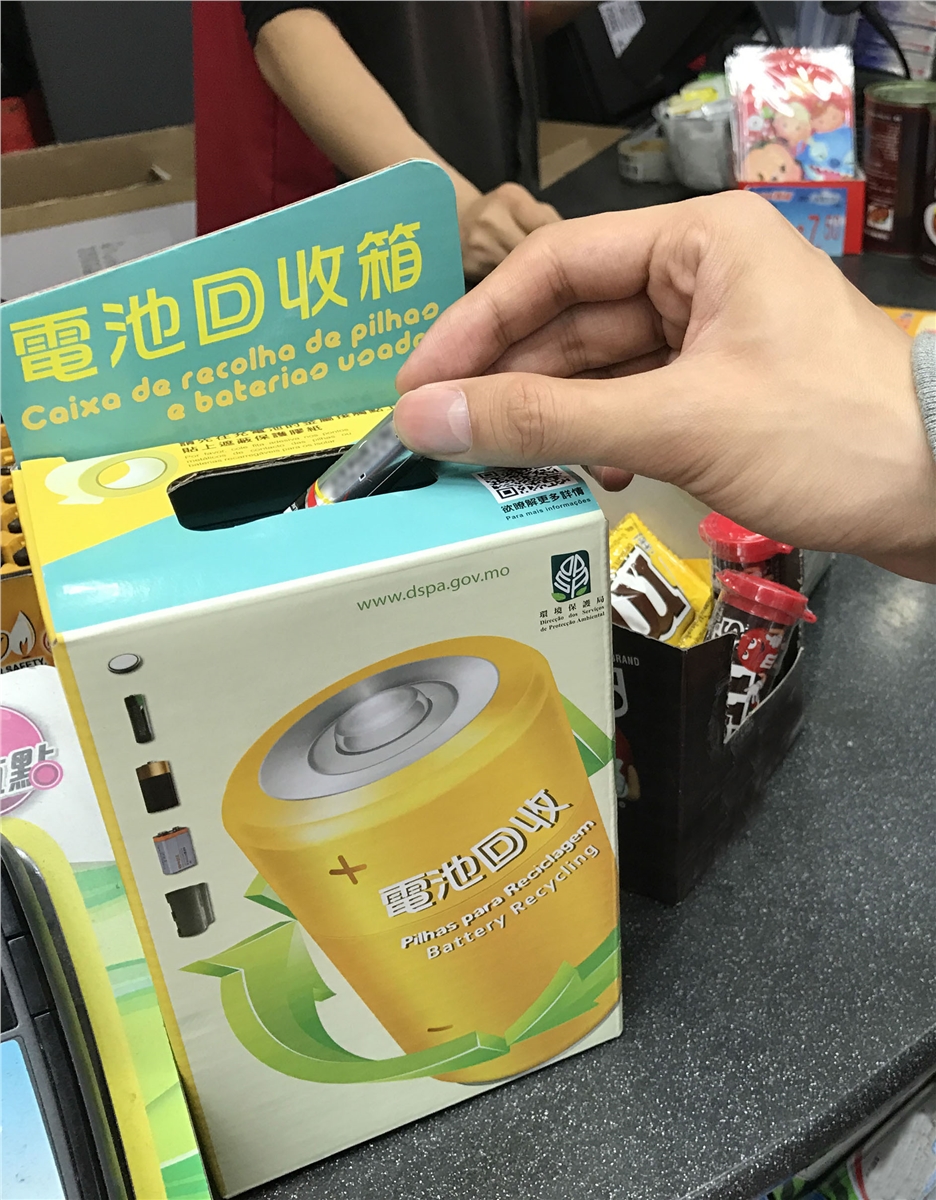 |
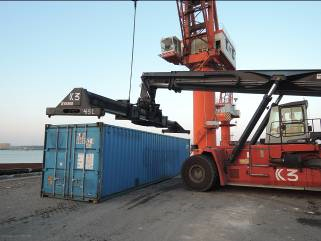 |
|
Battery Recycling Box |
Waste Battery Pretreatment |
Hong Kong-Zhuhai-Macao Bridge & Macao Port (By Invitation Only)
The Hong Kong-Zhuhai-Macao Bridge (HZMB), which connects the 3 major cities of the Pearl River Delta, Hong Kong, Macao and Zhuhai, is the world’s longest sea crossing bridge, comprising three cable-stayed bridges, an undersea tunnel and four artificial islands with a total length of 55 km. The length of the main bridge is about 30 km, of which about 23 km is a sea bridge and 7 km an undersea tunnel. The bridge commenced construction on December of 2009, completed on May of 2018, and opened on 24th of October in 2018, with a design life of 120 years, capable of resisting 8-degree earthquakes as well as 16 levels of typhoons. The construction scheme of prefabricated components is widely used in bridge engineering in order to reduce the impact on marine ecology and ensure the construction quality. After the open of the HZMB, the time required from Macao to Hong Kong or from Hong Kong to Zhuhai and Macao was significantly reduced to about 40 minutes.
The three-land ports of Hong Kong, Macao and Zhuhai adopt the customs clearance mode of “three places and three inspections”. The Macao and Zhuhai Ports are located on an artificial island with a total area of 208.87 hectares, and the ports are under their respective jurisdictions. The “Cooperative inspection, one release” innovation model has been adopted between the Pearl and Macao. The Macao connecting line is connected from the Macao port to the Macao reclamation area, while the Zhuhai connecting line connects the Zhuhai Highway port with the extension line of the western Coastal Expressway and incorporates the bridge into the National Highway network.
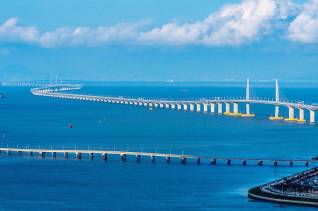 |
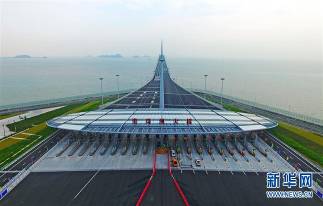 |
|
Hong Kong-Zhuhai-Macao Bridge Overview |
Hong Kong-Zhuhai-Macao Bridge (Macau Side) |
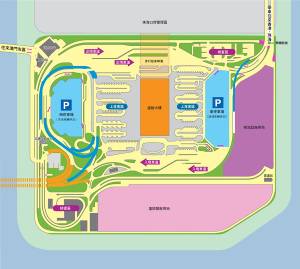 |
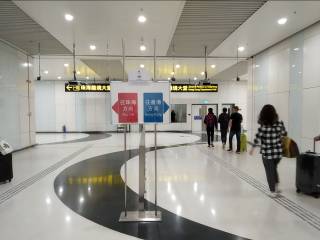 |
|
Hong Kong-Zhuhai-Macao Bridge Macao Port Introduction Map |
Passage to the Departures Halls of HK and Zhuhai |



